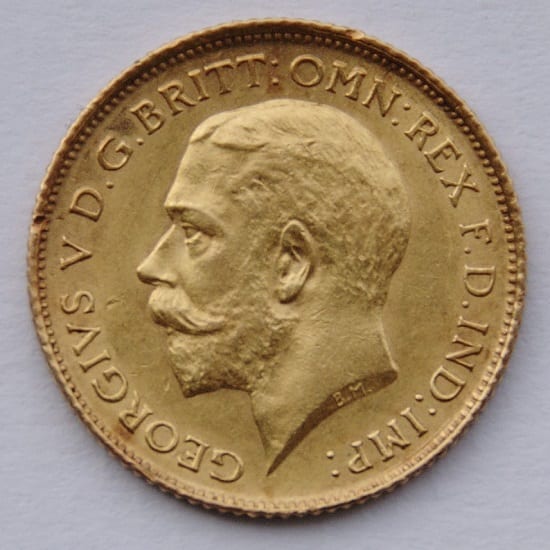Blog
Gold Britannia vs Gold Sovereign coins
Gold Sovereigns versus Britannias
Building a strong gold portfolio can be a challenging task, requiring an investor to study the different gold coins available in the market. Two of the most popular British coins that have stood the test of time are undoubtedly the Gold Britannia and the Gold Sovereign. Either coin holds an important place in your portfolio, so it’s worth finding out the pros and cons of investing in these coins, based on certain key attributes.
Variety
Variety is the key consideration when choosing gold coins for your portfolio. Coins that have a wide range of issues, sizes and denominations are likely to enhance the value of your portfolio. The Sovereign is an obvious choice if variety is to be considered. The iconic British coin has been around for more than 200 years and several issues through the reigns of different monarchs are available in a wide variety of choices. There are plenty of sizes to choose from, including the half, double and quintuple Sovereign.
Download the 7 Crucial Considerations To Buying Tax Free Gold Coins Here
If we take a close look at the reign of Queen Victoria, we can find sovereigns that feature the great Queen’s young and old portrait, and also the Jubilee head. Therefore, choosing sovereigns create great value, as well as balance for your portfolio. The Britannia has only ever featured Queen Elizabeth on its obverse, whereas the Sovereign has contained numerous monarchs.


Value
Most investors find it lucrative to purchase coins that offer more quantity of gold for the price.
Gold Britannias provide a lower price per gram than Sovereigns due to being four times the size. Both fetch similar prices per gram when being sold and both are Capital Gains Tax-free due to their legal tender status. It’s also important to note that many issues of the Sovereign carry hefty premiums due to their historical value. However, the gold Britannia is available at far lower premiums, since it is a more recent coin. The Britannia is four times larger than the Sovereign, making it a more expensive coin. Lower stake investors could find its purchase to be way beyond their means, while the Sovereign provides easier access to the gold market for these investors.
Divisibility
The Sovereign’s smaller size offers more divisibility, 

Liquidity
Both the coins enjoy an extremely strong secondary market, making it easy to sell at any point in time. Liquidity is an important consideration when investing in gold coins. Investing in illiquid coins defeats the very purpose of your investment, as you may be unable to realise its value at a time when you need it most.
Choosing the right coin
Daniel Fisher, CEO of Physical Gold provides a guideline to choosing these coins in a fascinating video released by the company. According to him, the choices are guided by the portfolio size. For a smaller portfolio of around £2,000 – £5,000, Sovereigns are a better choice. However, if the portfolio size is in excess of £10,000, the Britannia should be included.
Call the experts at Physical Gold to make the right choice
Our investment experts can help answer all your questions about investing in gold coins, whether you want to buy the gold Britannia or the Sovereign. Call us today on 020) 7060 9992 or simply drop us an email. A member of our team will be in touch with you right away.
Image credit: Wikimedia Commons

